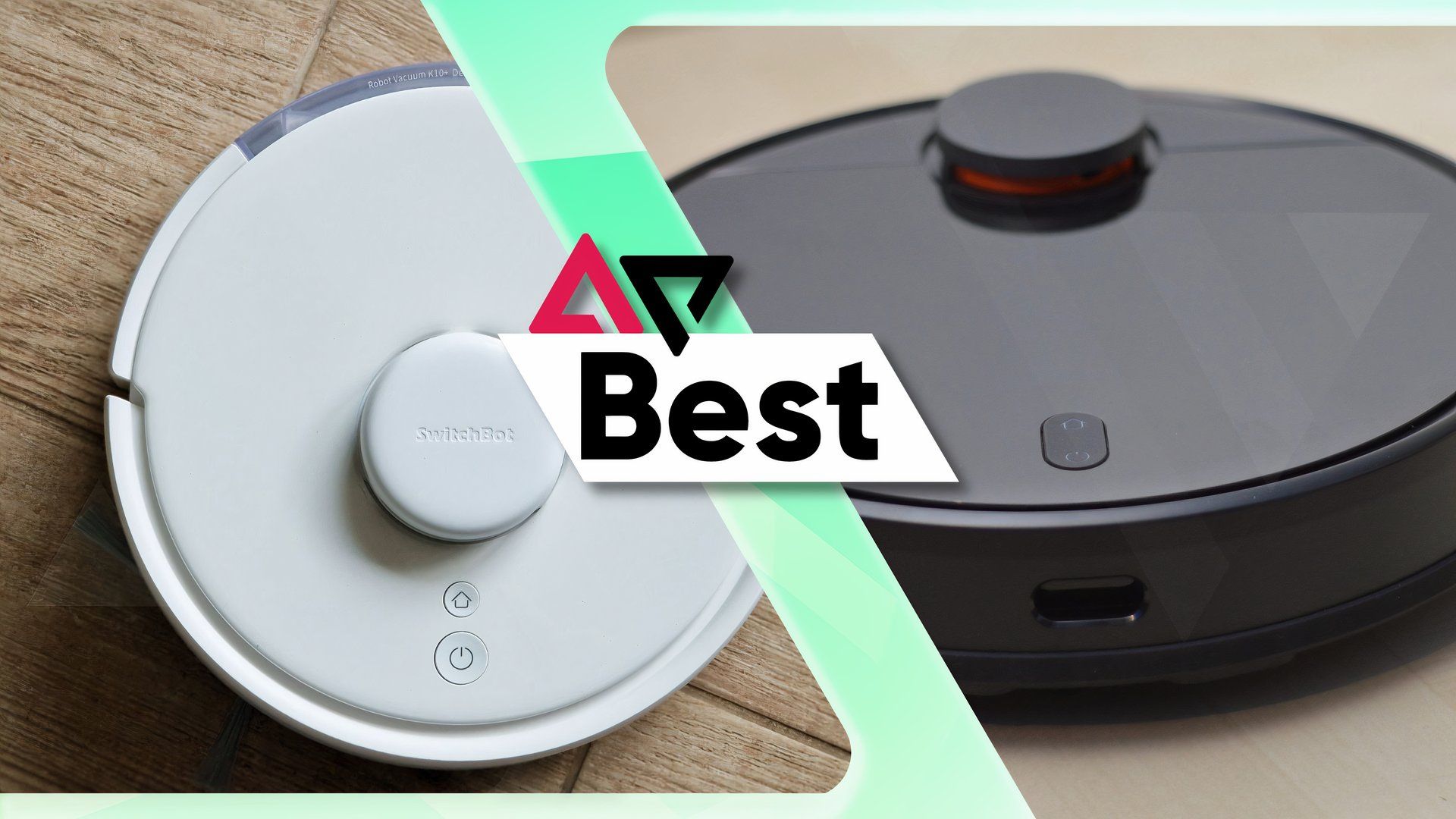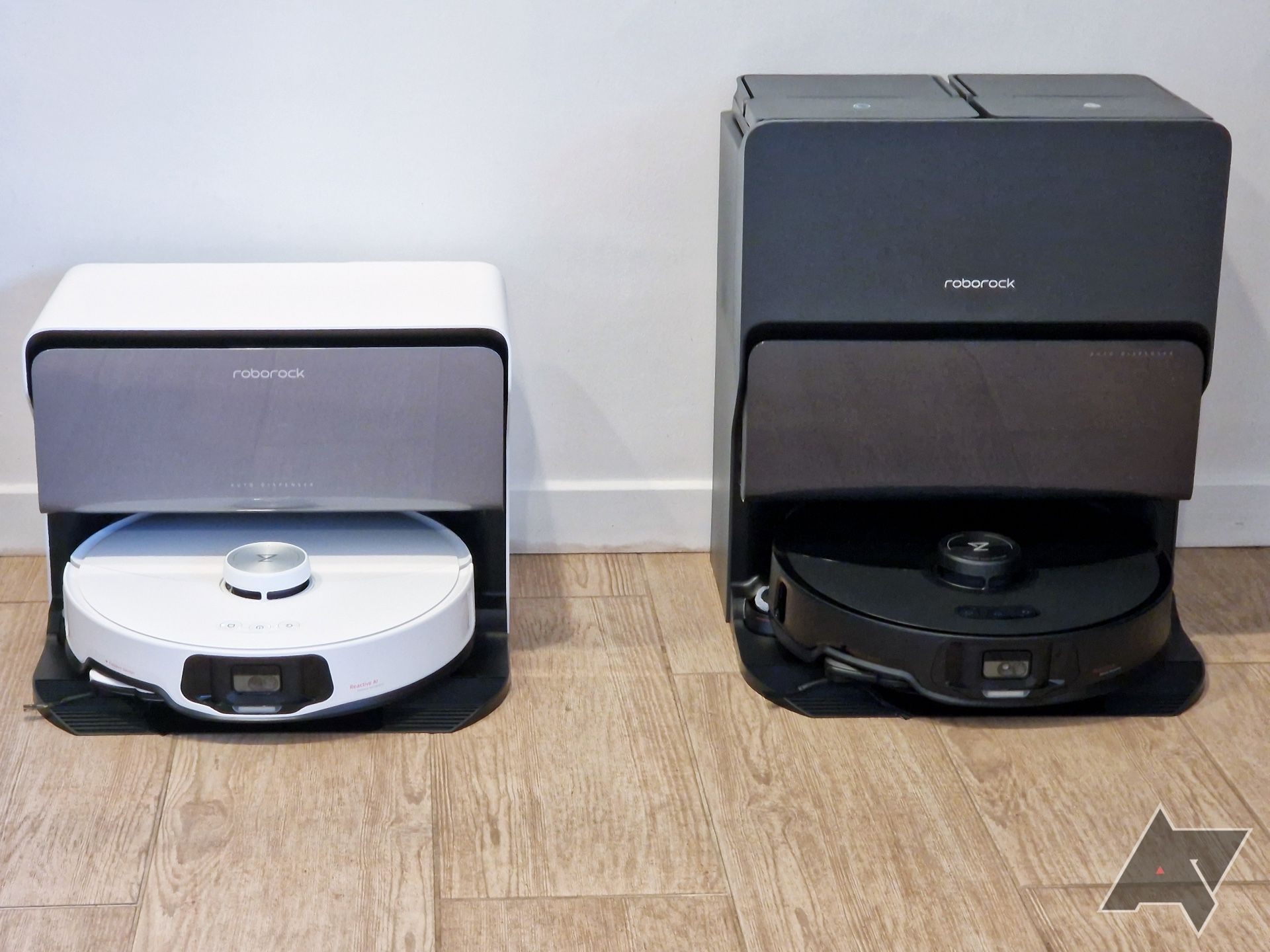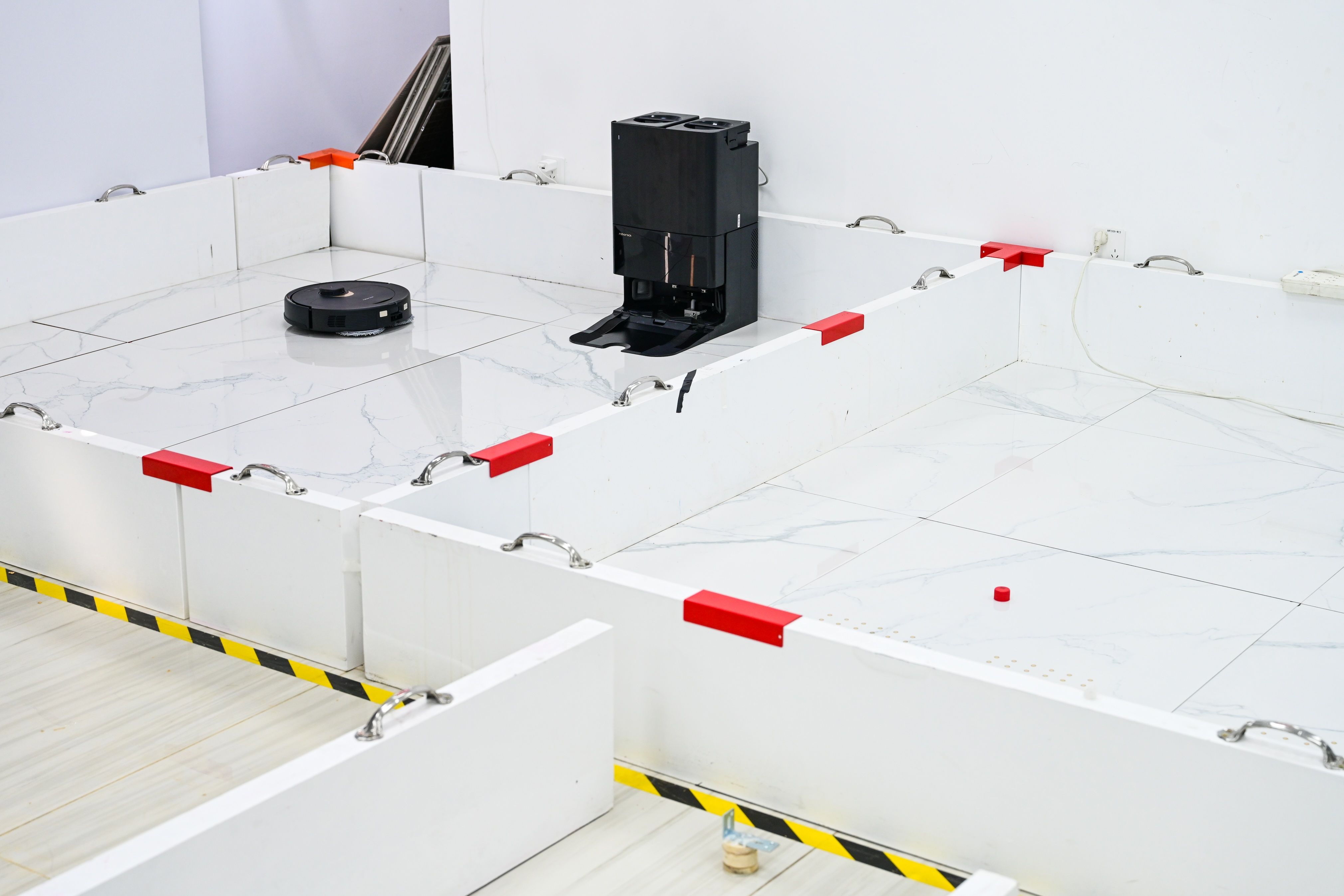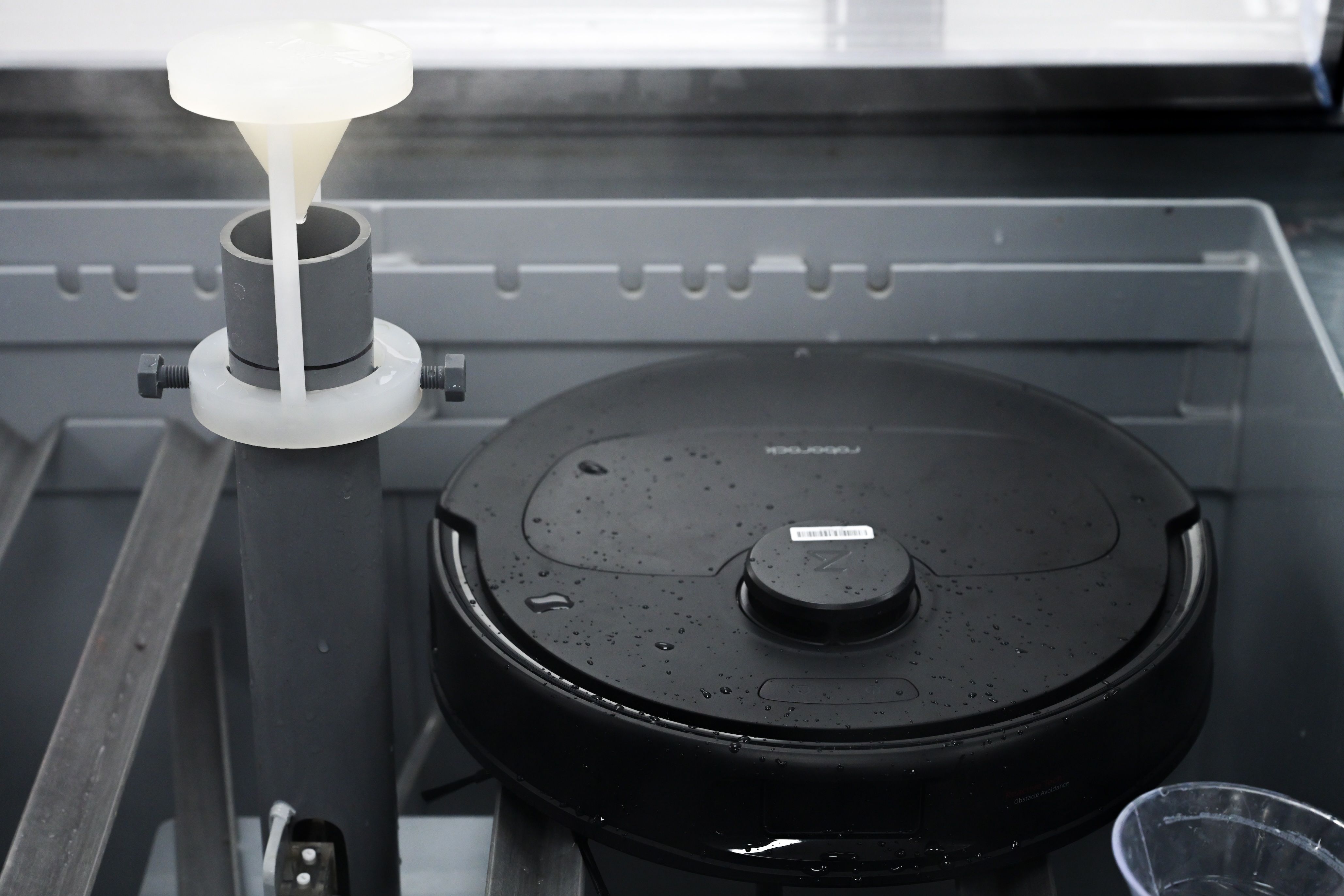The robot vacuum market was once dominated by iRobot, with its line of Roomba robovacs. However, newer brands coming from China have started developing particularly advanced and innovative robot cleaners. One of the leading robovac manufacturers is Roborock, which designs and manufactures some of the best robot vacuum cleaners on the market. Although the company was founded in 2014, it’s still relatively young compared to iRobot, which dates back to 1990.
However, despite its youth, Roborock has managed to become one of the global leading robovac brands. Part of this success has been achieved thanks to a thorough and rigorous testing methodology, ensuring the products are durable and problem-free throughout their life cycle.
Roborock was kind enough to invite me to China to visit their testing facility, where new products are tested. I’ve been able to see how these tests are conducted, both before a product is released into the market, but also after, to continue perfecting the product. Here are some details of the different tests the company performs.

Related
Best robot vacuums in 2024
Keep your floors sparkling clean with minimal effort
Performance testing
Vacuuming, mopping, and navigating
After coming up with a prototype deemed viable, Roborock conducts extensive lab testing to scrutinize the behavior of their vacuum robots. These controlled settings allow the R&D team to systematically test and refine various aspects of the robots’ performance. These include navigation algorithms, suction performance, battery life and degradation, and even voice control. The lab includes different floor types, ensuring the robot’s performance is tested on tiles, hardwood floors, carpets of different thicknesses, etc. In addition to the suction performance, Roborock tests the mopping capabilities as well as the navigation and obstacle detection in the lab, to make sure the robot behaves as designed.
Source: Roborock
This process allows the R&D team to analyze the robot’s performance, ensuring it cleans well under different circumstances. It also allows Roborock to check different parameters, such as energy and water consumption, and continuously improve the robot. Also, while this process is done before the product is released, the company continues to test the products in its lab to roll out potential improvements through software updates.
Durability and packaging
Minimizing breakdowns
In addition to checking the robot cleans as planned, Roborock tests its hardware components meticulously. This ensures physical and mechanical parts continue to function after numerous cycles, and don’t get jammed or stop working after a while. To do so, a robot is placed in a machine that simulates a real-life environment that continuously presses buttons or applies pressure on different parts such as the wheels or front bumper, for instance. Similarly, robots are exposed to harsh environmental conditions, including different temperatures, as well as humidity and light levels. The products are also put under UV lights, salt sprays, and more to analyze the effects and ensure the robot withstands these conditions. Overall, hundreds of different parts are tested to ensure they’re able to endure the harsh lifecycle that awaits them in the real world.
Before a robot gets to a customer, it needs to be shipped there. To ensure vacuum robots withstand the rigors of transportation and handling, Roborock conducts rigorous drop tests on their packaging boxes. These tests simulate the conditions products are likely to encounter during shipping, helping to guarantee they arrive in perfect condition. I have, for instance, witnessed a drop test where the package is put on a plate, which then opens to let it fall from different heights. After the test, an engineer checks that the product is intact. If it’s not, the packaging is re-engineered to make sure products don’t arrive damaged.
Comprehensive internal testing
Employees participate
In addition to lab testing, Roborock leverages a robust testing ecosystem involving around 150 internal users. These are primarily company employees who provide real-world feedback after using the robots in their own homes. This process allows for continuous monitoring and rapid identification of issues in the real world, ensuring that the vacuum robots are subjected to a variety of household environments and usage patterns.
Source: Roborock
A funny story we were told involves an internal employee whose robot frequently got stuck under a tea table. Instead of simply documenting the issue and trying to solve it in a lab, Roborock ended up buying the employee’s tea table to replicate the problem and eventually solve the glitch. This is a brilliant way of making sure the products perform well outside of a lab setting.
Also, some members of the R&D team go a step further and directly engage with customers through customer calls and online forums. This direct interaction not only helps in addressing user concerns but also provides valuable insights for further enhancements.

Related
Roborock S8 MaxV Ultra review: Better than a Roomba in every way
It cleans floors and itself brilliantly and autonomously
I’ve got a new appreciation for robot vacuum durability
Testing is thorough
Roborock’s dedication to rigorous testing and user feedback has been key in propelling it to the forefront of the robot vacuum market. Of course, designing innovative products is paramount, but it’s also essential that these products work well over time. Roborock’s focus on quality and continuous improvement ensures it remains a strong player on the market, offering reliable robots.
During the visit, I saw some models that were being tested that weren’t even announced yet. More than three months after the visit, these still aren’t official — Roborock’s testing certainly seems thorough. Their extensive lab tests, which cover performance, durability, and packaging, ensure that every product meets high standards before reaching consumers. That approach is backed with internal employee testing that more closely matches real-world use. All in all, it was a fascinating process to watch and learn about — even if some of the more rigorous testing I observed made me want to send my own robot vacuums on vacation.
Source link




